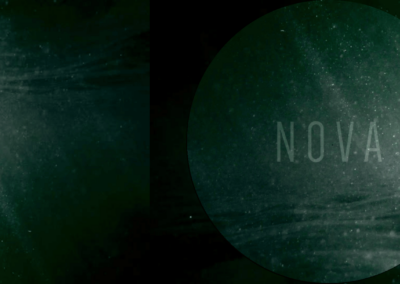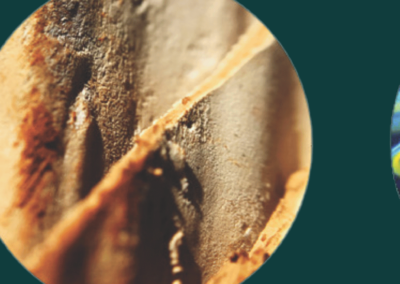Abstract
The following article explores how we negotiate memory. It shares summary findings from a Practice as Research study that used a performance art project as its foundation. This project, Too Much Remembering Leads to Forgetting, was performed intentionally over two years across South Africa, Germany, Denmark, Sweden, and Peru—closing spontaneously in France some years later. Initially published under a pseudonym in ANY BODY ZINE (Volume 1, Issue 2), this work has been adapted from the original.
We shall not cease from exploration
And the end of all our exploring
Will be to arrive where we started
And know the place for the first time.
—T.S. Eliot, Little Gidding
Years ago, in the wake of an unexpected loss, I found myself grappling with grief in a way that left me both emotionally raw and creatively restless. In search of a method to process this profound pain, I began building cairns—a ritual act of collecting and arranging stones—as a means of externalizing the weight of loss. What began as a solitary, almost desperate act of remembrance gradually evolved into a more expansive inquiry: an exploration into how art-making, memory, and trauma mediation converge. This journey, which spanned two years and took me across multiple continents, eventually grew into a Practice as Research (PAR) project, offering new insights into how humans negotiate the interplay between memory, the body, and the landscapes we inhabit.
At its core, Practice as Research is a methodology that uses creative practice as a deliberate means of investigation. In my work, the act of building cairns was not merely a personal catharsis but a structured inquiry into the mechanisms of memory. The process became a dialogue between theory and practice: my embodied ritual informed theoretical reflections, and those reflections, in turn, reshaped my creative approach. This reciprocal relationship—where doing and thinking continually refine one another—became the beating heart of my research.
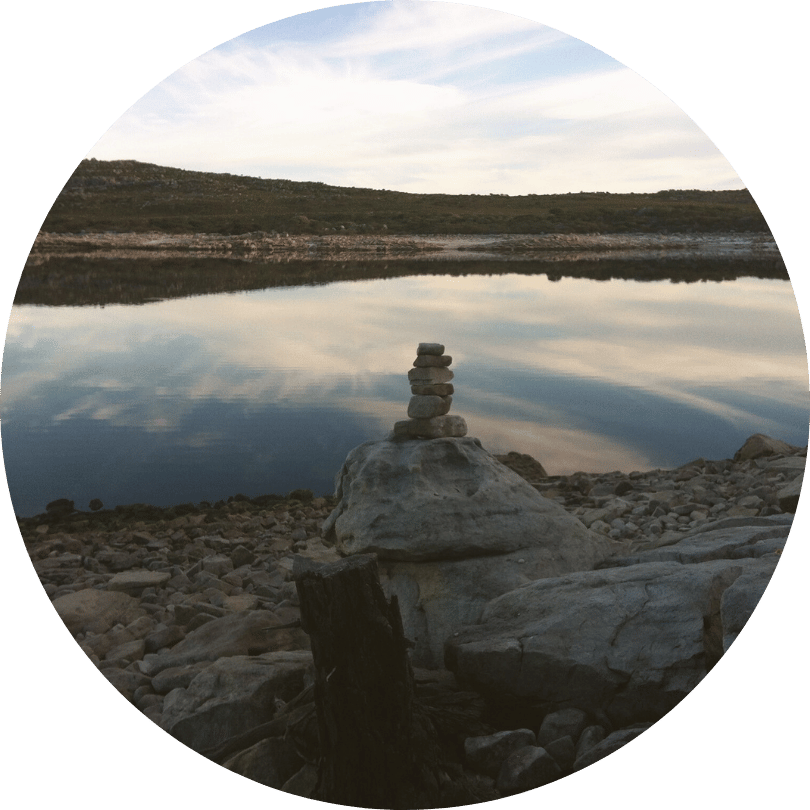

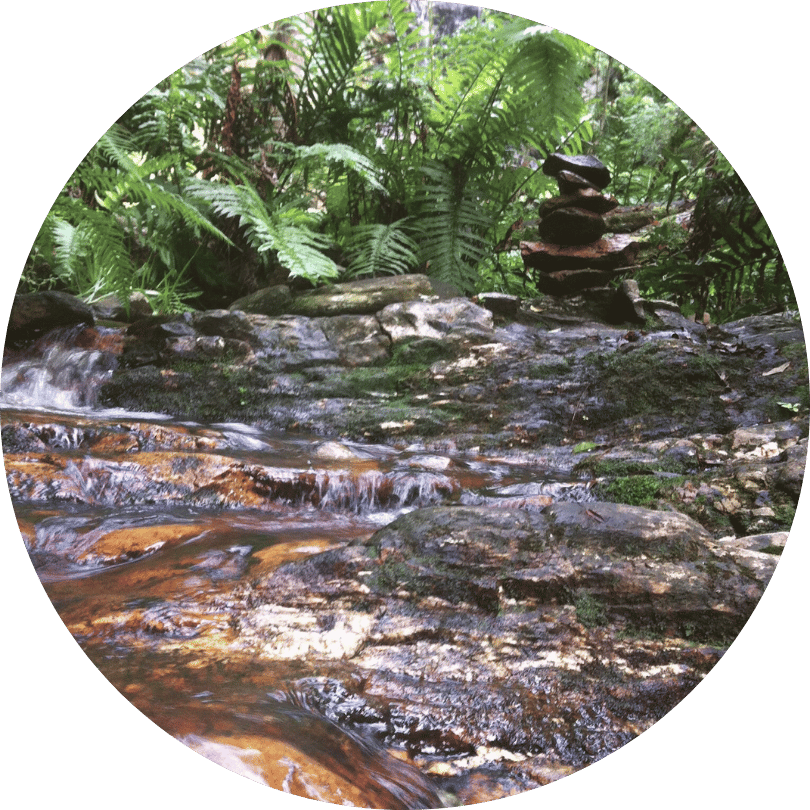
Cairns have long served as markers in human history. Traditionally, they guide travelers along forgotten paths, commemorate burials, or assert human presence within a vast landscape. In my practice, the cairn assumed a dual role. It was both a physical monument and a mnemonic bridge—a tangible reminder that linked my present solitude with shared memories of a past that was as vibrant as it was painful. Each cairn, built stone by stone, became an external manifestation of my internal process. In the act of gathering and arranging stones, I found a way to acknowledge my grief, transform it, and ultimately release it. The ritual of cairn-building, with its repetitive yet meditative motions, became an alchemical process in which the raw material of sorrow was transmuted into the gold of forgiveness and renewal.
As I progressed in this practice, I began to notice a tension between the ephemeral quality of the act and the permanence of its outcomes. The performance—the very act of building, of moving through the landscape and engaging with it physically—was transient, a lived experience that could never be fully captured. Yet, the cairn itself, once completed, stood as a static reminder of that moment in time, legitimized by subsequent documentation and reflection. This observation led me to a deeper exploration of how memory operates on two levels: the embodied, fluid Repertoire and the fixed, tangible Archive.
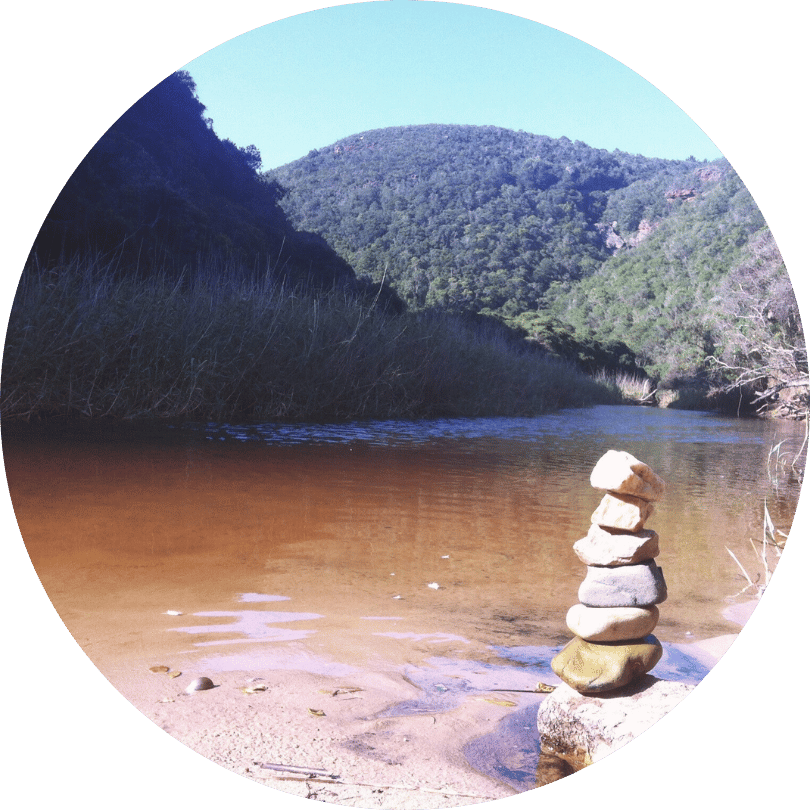

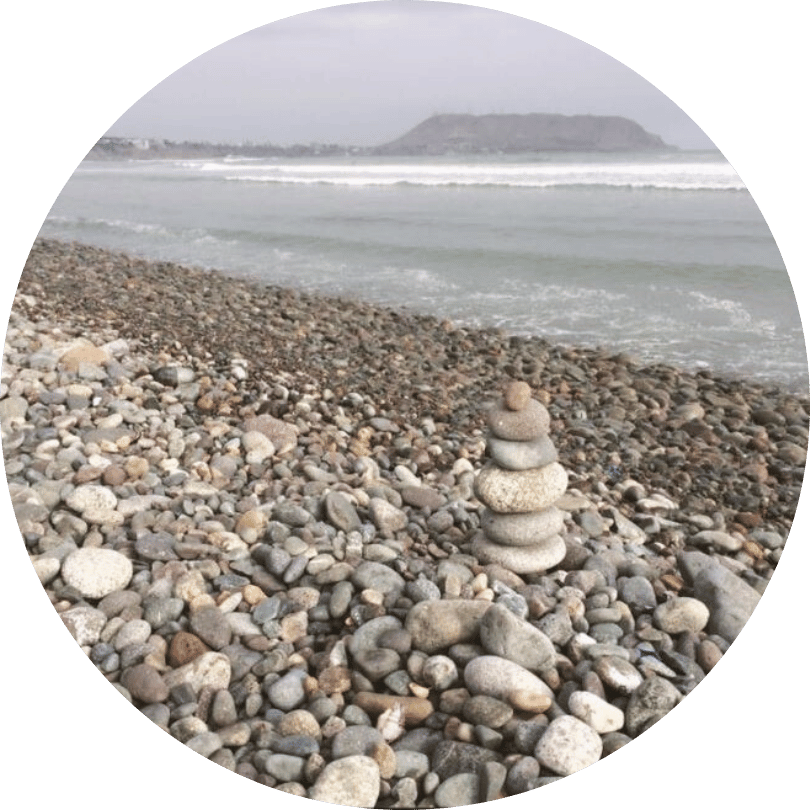
The concept of Repertoire, as described by Taylor (2003), refers to the embodied, oral traditions that pass from one generation to the next. It is the living, breathing memory that resides within us—a memory shaped by ritual, performance, and the continual retelling of our stories. In contrast, Derrida’s notion of the Archive (1998) captures the idea of memory preserved in written form or other material artefacts. In our logocentric society, these archival records carry a form of legitimacy that the fluid Repertoire often lacks. Yet both are essential. The Archive offers permanence and structure, while the Repertoire provides adaptability and emotional resonance. Together, they present a more holistic understanding of memory—a synthesis that is vital to navigating the complexities of our personal and collective pasts.
Through the practice of building cairns, I experienced firsthand how these two forms of memory interact. The physical act of constructing a cairn was the performance—the embodied ritual that expressed my internal landscape. The cairn itself, captured later through photography and written reflection, became the Archive, a residue that bore witness to the fleeting yet transformative nature of the experience. In this way, each cairn was both a memorial and a mediator, a bridge linking the visceral immediacy of feeling with the reflective act of preservation.
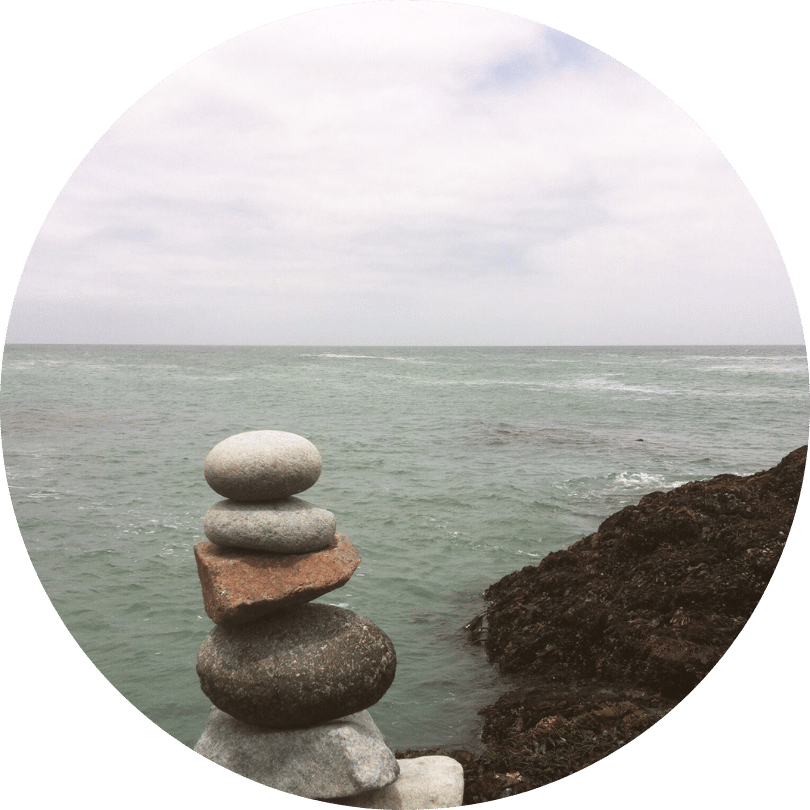
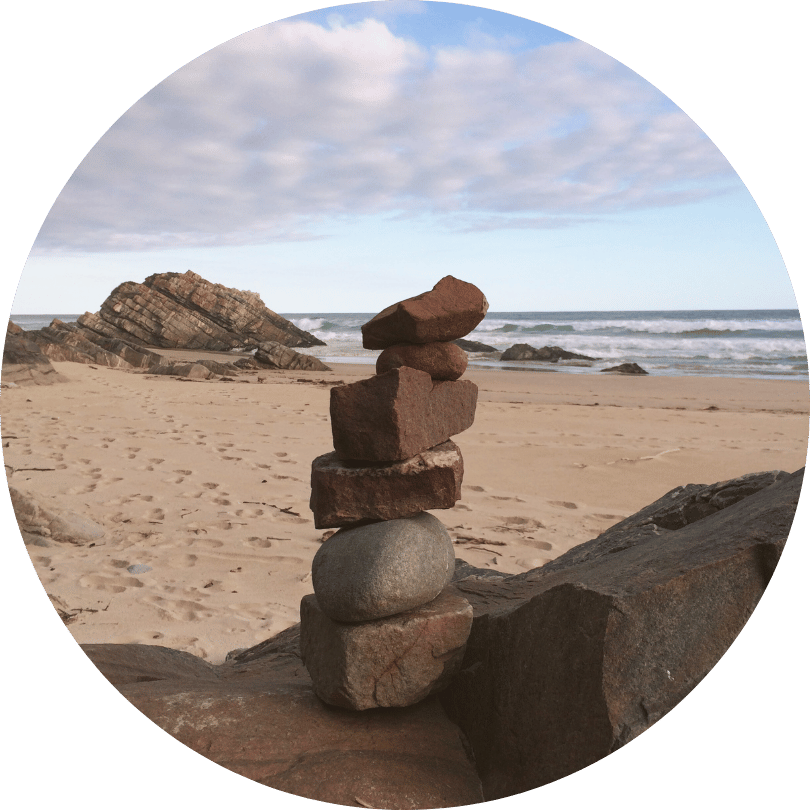
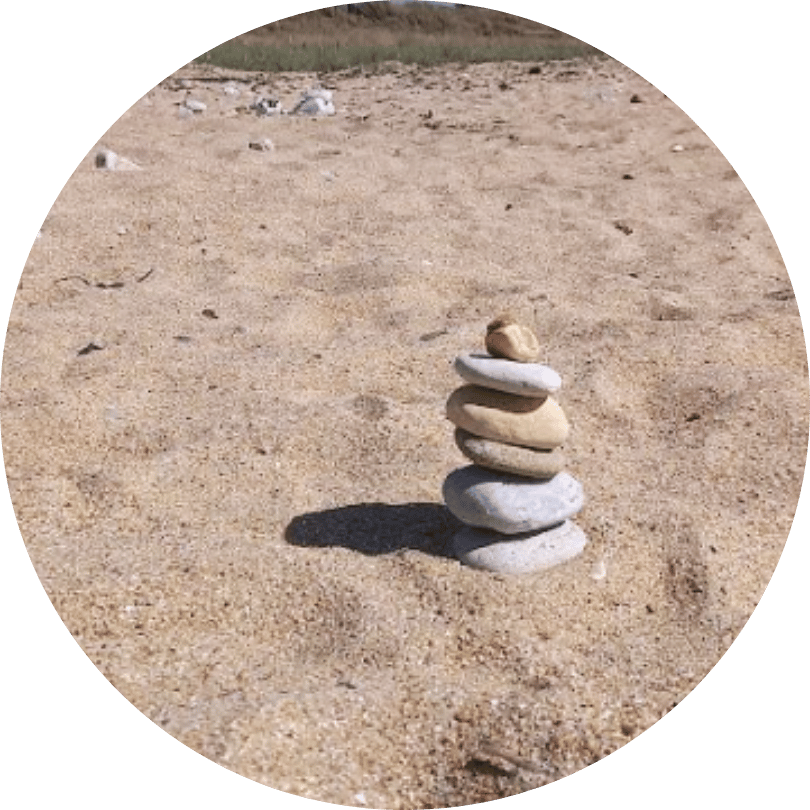
This interplay between performance and its archival residue is not merely a matter of aesthetics or personal expression; it holds broader implications for how we understand and negotiate memory in contemporary society. In a world where the pace of life can often render personal histories ephemeral, the act of deliberately preserving moments—of creating tangible traces of our inner lives—becomes a powerful tool for reclaiming agency over our narratives. The iterative process of doing, reflecting, and then doing again—so central to Practice as Research—offers a pathway to transforming raw emotion into a structured, yet deeply personal, account of experience.
What emerged from this process was a profound lesson in transformation. The very act of trying to preserve memory inevitably altered its nature. In my efforts to safeguard my personal history through the ritual of cairn-building, I discovered that the process itself reconfigured both the landscape and my understanding of it. This cycle of creation, reflection, and re-creation illuminated a fundamental truth: memory is not static. It is a dynamic interplay between remembering and forgetting, between holding on and letting go. And in this delicate balance lies the potential for both healing and growth.
Ultimately, my journey through cairn-building revealed that the practices of the heart and the head must work in tandem. The fluid, embodied nature of the Repertoire—the lived, emotional experience of memory—cannot be fully understood without the complementary structure provided by the Archive. Yet, without the active engagement of the hands, neither can truly be realised. It is through our actions, our deliberate interventions in the present moment, that we create a space where memory can be both honoured and transformed.
In reflecting on these experiences, I have come to appreciate firsthand that art-making can be a powerful means of interrogating the human condition. The cairns I built, and the memories they encapsulated, offer a window into the ways we negotiate our pasts and shape our futures. They serve as a reminder that the journey of understanding is as important as its destination, and that sometimes, too much remembering can lead us, paradoxically, to a form of forgetting that frees us to live anew.
This is the use of memory:
For liberation—not less of love but expanding
Of love beyond desire, and so liberation
From the future as well as the past.
—T.S. Eliot, Little Gidding
Need an example of academic writing?
Review a Master of Arts thesis abstract.

What People Are Saying

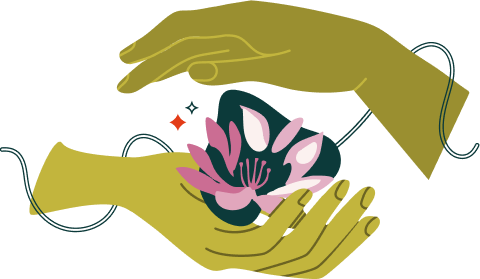
Want to see more?
Tell us about your project, and we’ll curate a showcase that highlights the precise skills you need.
References and Bibliography
- Derrida, J. (1998) Archive Fever: A Freudian Impression. Translated by E. Prenowitz. Chicago: University of Chicago Press.
- Eliot, T.S. (2001 [1942]) Little Gidding from Four Quartets. United Kingdom: Faber & Faber.
- McGillivray, G. (ed.) (2011) Scrapbooks, Snapshots and Memorabilia: Hidden archives of performance. Bern, Switzerland: Peter Lang AG.
- Pinkola Estés, C. (1995) Women Who Run With the Wolves: Myths and Stories of the Wild Woman Archetype. New York: Ballantine Books.
- Robles, F. (2021) ‘Kopano Maroga: Archiving creation as creative practice’, e-Rea [Online], 19(1). Available at: http://journals.openedition.org/erea/13032 (Accessed: 30 December 2024). DOI: https://doi.org/10.4000/erea.13032.
- Taylor, D. (2003) The Archive and the Repertoire: Performing Cultural Memory in the Americas. USA: Duke University Press.
This is an example of:
- Long-form writing
- Thought leadership content
- Writing on art and performance
- Practice as Research writing
- Performance trace
- Making research accessible to a general audience
Related services:
- Digital Marketing Services
- Content Creation & Storytelling
- Blog writing and long-form content
- Thought leadership articles
- Editing & Proofreading
- Ensuring consistency in tone and style
- Academic Services
- Academic Writing Support
- One-on-one academic writing coaching
- Structuring and argument development
- Live Arts Support
- Writing about performance

